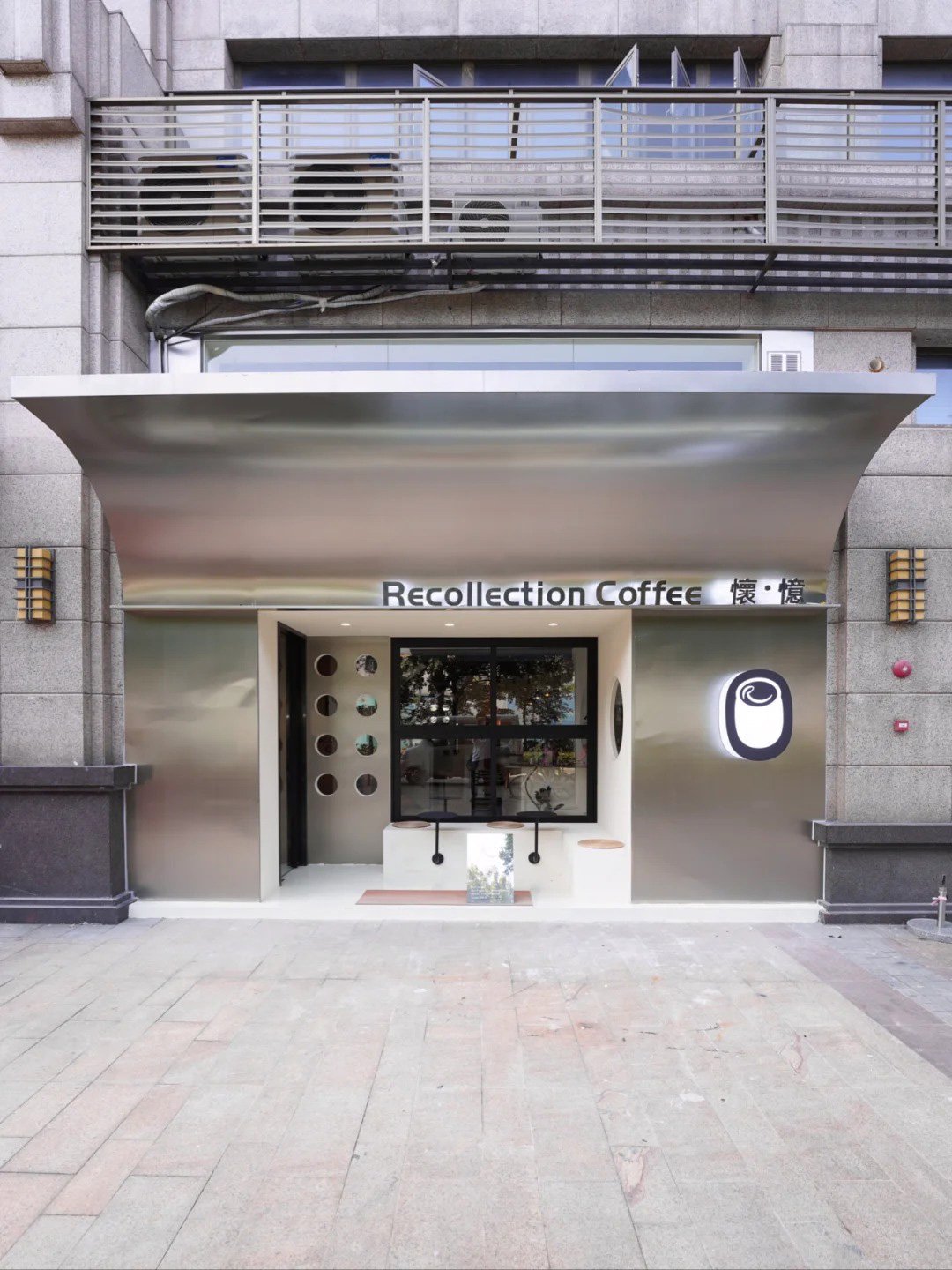Stainless Steel Panel
Stainless Steel Panel
Stainless steel panel is a metal material which is not only beautiful but also practical. It is corrosion resistant, can work at high temperature, has impact resistance, modern appearance and easy to clean and maintain. Stainless steel panel is often used in building decoration and electronic product enclosure.For home use, it can make your interior more texture and durable. For electronics, it can add more texture and durability for high-end products.
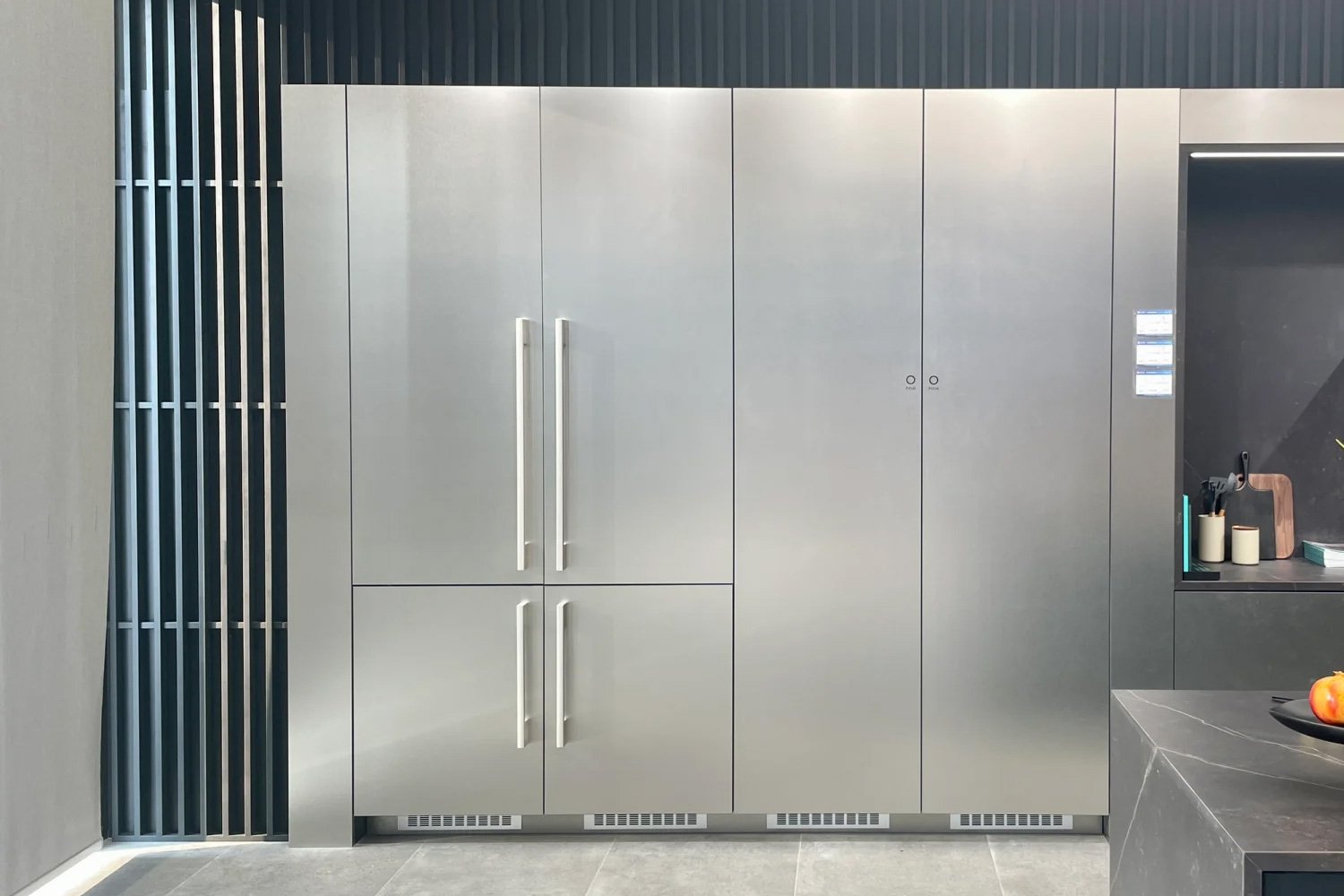
Stainless Steel Panel Finishing Process
Various surface treatments can be used for stainless steel panel to improve both appearance and wear resistance of the product, so that it can be used in different styles and scenes.
- Silver - The most common basic color, suitable for various design styles, classic and versatile.
- Titanium Gold - A luxurious golden metal color, suitable for use in hotels, banks and other upscale interior decoration.
- Rose Gold - A warm and artistic color. It is commonly used in luxury decoration and electronic products.
- Champagne Gold - A soft and modern color. It is widely used in interior decoration and commercial decoration.
Brushed
Brushed finish is a fine linear texture with matte appearance. It is commonly used in modern design in elevator, cabinet and appliance surface.
Mirror
Highly polished with a mirror-like reflection. Provides a sense of openness and luxury, often used in high-end interiors.
Sandblasted
Sandblasted finish is a uniform matte texture formed by fine sand spraying. It is fingerprint resistant and can be used in electronic products or decorative cases of display units.
Etched
Etched finish is a decorative pattern processed by chemical method. It is commonly used in custom feature wall, door panel or decorative pattern.
Satin finish
Hairline / satin finish is finer and more directional grain than brushing. It can be used in upscale appliance or decorative projects with a soft and refined appearance.
Application of Stainless Steel Panel
Stainless steel panels are widely used in various fields such as industrial manufacturing, building decoration, and consumer electronics due to their excellent corrosion resistance and diverse surface processes. Whether for practical or decorative needs, stainless steel panels can provide a solution that combines performance and aesthetics.
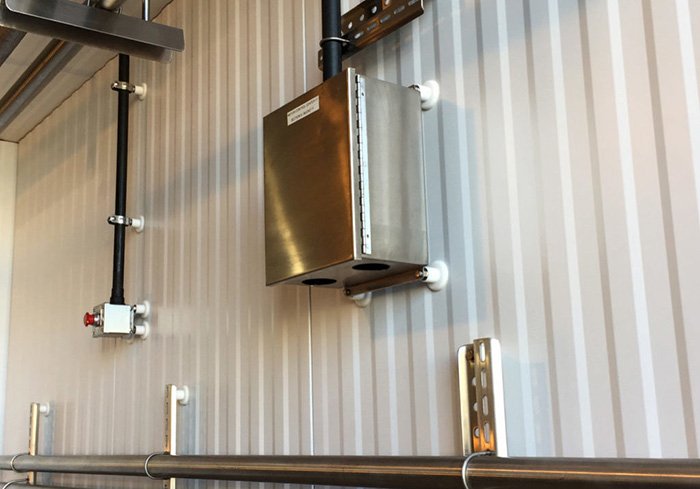
industrial equipment
Mechanical control panel, equipment casing, electrical control cabinet
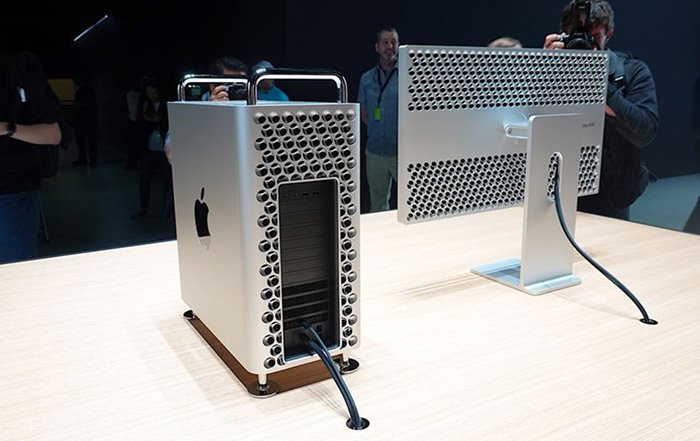
Consumer Electronics
Mobile phone accessories, laptop cases, keyboard cases, computer host cases
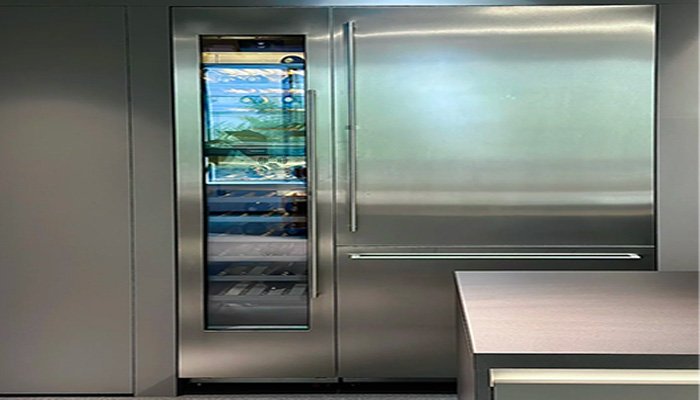
Home Appliances
Refrigerator, water dispenser, ice maker, microwave, washing machine panel
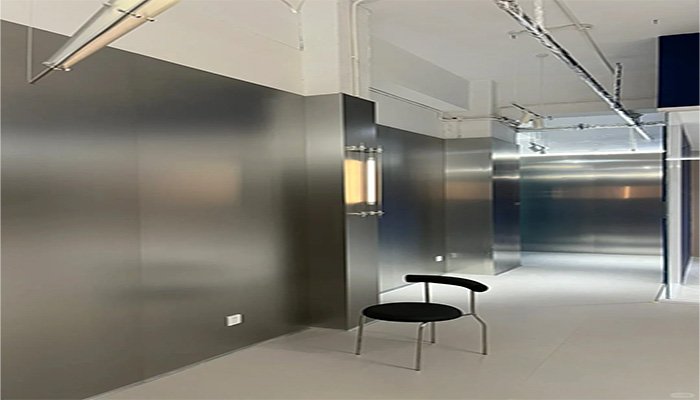
Architectural Decoration
Wall decoration, elevator interior, background wall, building facade
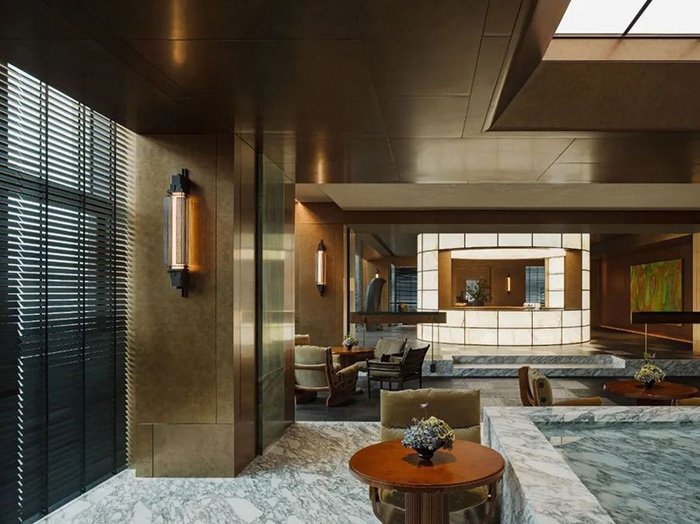
Commercial Spaces
Stainless steel panel decoration for hotels, exhibition halls, shopping malls, shopping centers, and office buildings
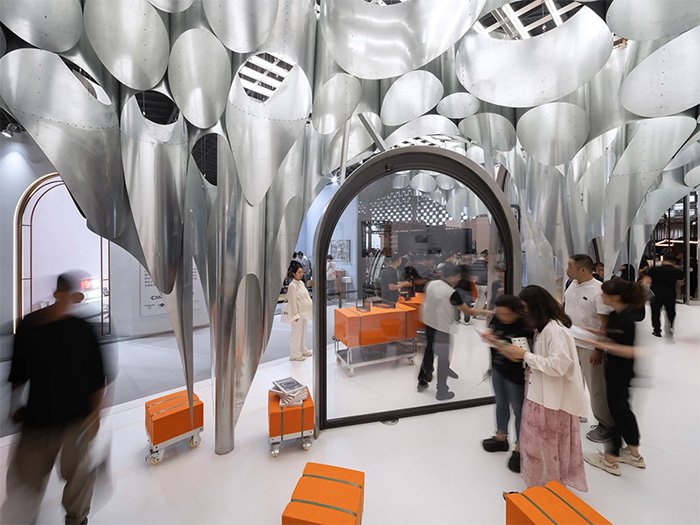
Custom Decorative Applications
Stainless steel screen, carved board, hollow decorative board, art wall
Introduction to Stainless Steel Panel Materials
Stainless steel panels are often made of different grades of materials according to their usage environment and performance requirements. Common ones include 201, 304, 316, and 430, which differ in corrosion resistance and usage.
Grade 201 Stainless Steel
Characteristics: High manganese content, low cost, and certain corrosion resistance, but prone to rusting in humid or acidic environments.
Usage: Decorative panels, indoor products, furniture finishes.
Grade 201 Stainless Steel
Characteristics: High manganese content, low cost, and certain corrosion resistance, but prone to rusting in humid or acidic environments.
Usage: Decorative panels, indoor products, furniture finishes.
Grade 316 Stainless Steel
Characteristics: Containing molybdenum (Mo), it has stronger corrosion resistance in chloride environments and is a high-grade stainless steel material with excellent salt spray resistance and chemical corrosion resistance.
Usage: Seaside facilities, medical equipment, chemical equipment, high-end building decoration.
Grade 430 Stainless Steel
Features: ferritic stainless steel, chromium free, low cost, moderate corrosion resistance, not suitable for welding, high surface finish.
Usage: Home appliance backboard, decorative panel, indoor hardware.
Stainless Steel Panel VS Aluminum Panel
Stainless steel panels and aluminum panels are common metal materials in industrial manufacturing and product casing design, each with its own advantages and suitable for different application scenarios.
Material and appearance
Stainless steel panels have high hardness and stronger metallic texture, and the surface can be treated with various treatments such as wire drawing, mirror finish, and electroplating. They have a high-end texture and are commonly used in places with high requirements for strength and durability.
Aluminum panels are lighter in weight, easier to process, offer more color options, can be anodized, and have a softer surface texture, making them more suitable for lightweight structures or products that value color diversity.
Corrosion resistance and durability
Stainless steel has superior corrosion resistance and is particularly suitable for applications in humid and chemical environments, with a long service life.
Although aluminum also has moderate anti-corrosion ability, it is susceptible to corrosion in strong acid and alkali environments and is generally suitable for more stable use environments.
Choosing between stainless steel or aluminum panels should be balanced based on the product’s performance requirements, usage environment, and budget. Stainless steel is more suitable for high-end applications that pursue durability and texture, while aluminum panels have advantages in lightweight and cost control.
Frequently Asked Questions
A1:Stainless steel has strong corrosion resistance, but in environments with high acidity, alkalinity, or salt content, if the material selection is improper (such as 201), or if the surface is damaged or not cleaned in a timely manner, rust spots may still appear. It is recommended to use 304 or 316 materials for better rust prevention effect.
A2:Sure, it is particularly recommended to use 304 or 316 materials, which have good weather resistance and corrosion resistance, and are suitable for outdoor curtain walls, landscape decoration, etc.
A3:Common ones include wire drawing, mirror finish, sandblasting, etching, satin pattern, embossing, PVD color electroplating, anti fingerprint coating, etc.
A4:PVD coating has strong adhesion, good wear resistance, and is not easily faded under normal use. But it is necessary to avoid chemical corrosion with strong acidity and alkalinity.
A5:sure. We can customize sizes, shapes, and colors according to customer needs to meet the personalized requirements of engineering or products.
A6:Have Through nano coating treatment, it prevents handprint residue, facilitates cleaning, and is suitable for public or high contact areas.
A7:Sure, we provide free samples for customers to confirm color and craftsmanship.
A8:The common thickness is 0.6mm~3.0mm, which can be customized according to needs.
A9:Can be wiped with warm water and soft cloth. Avoid using acidic or chlorine containing cleaning agents.
